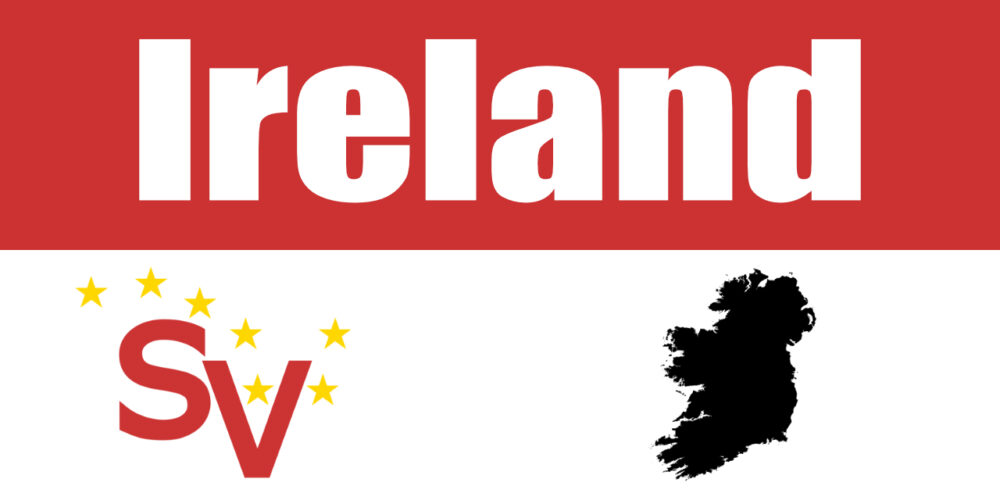In April, the 25th anniversary of what was called the “Good Friday Agreement” will be marked. The name “Good Friday” was no doubt the invention of the best media and advertising gurus, who were asked to come up with a catchy title for it, and they did.
The agreement has since been more broadly called the “Peace Process.” Again, this Irish Peace Process is still a well-promoted one and is known all over the world. In fact it has been used for implementing other “Peace Processes” in several countries and continents around the world: South Africa, the Basque Country, and Colombia, to name a few.
The thirty-year war in the North of Ireland had, politically, run its course many years before the IRA ceasefire in July 1997. Without doubt the highest levels of British intelligence and their political thinkers had recognised this, and its potential value to them. They knew well that “the war was over” politically, probably by the end of the 1970s.
Military stalemate was a constant battle to be avoided by both the IRA and the British. But infiltration of the republican movement by British Intelligence, and counter-revolutionary political developments, along with war-weariness, meant that time was not on the side of the republicans.
What is commonly known as the Peace Process was in fact always a pacification process as far as British imperialism was concerned. They designed it, and they controlled it from the start. They still do. But they were not alone in this enterprise: they had the Dublin government, itself founded on a counter-revolutionary “peace process” in 1922. They certainly had America and Europe, who fully understood the needs of imperialism.
The consequences of that pacification process are still with us today, as they were meant to. In the early days it was common practice to brand anyone who objected to their process of pacification as wanting to return to violence. The name “dissidents” was born. And then it migrated into “violent dissident republicans.” Oddly, there was no similar moniker for loyalists. No genuine politically oppositional discourse was allowed, and the term “dissidents” was used to put fear into those who dared to oppose their plans.
In turn, that meant that you could be seen as a dissident, or a fellow-traveller, if you protested about housing, or health cuts. The same tactic would be used against you if you opposed the cuts in services or the runaway cost of living and benefits crisis. Even those who were suffering directly remained silent, in case they too would be labelled as terrorist. If you spoke out against social injustice you were against peace and wanted to return to the “dark old days” of violence. It was a great trick by the ruling class to keep the working class in their box.
The “Good Friday Agreement,” and subsequent agreements, told us that a whole new world of social justice, jobs, economic boost, equality and fairness would transform our standard of living. We were assured that politics was the new road ahead. Republican activists were led to believe that a 32-county Ireland was just round the corner.
None of this transpired, nor was it ever intended to. Instead British imperialism strengthened its grip on Ireland, assisted by counter-revolutionary former republicans—a mirror image of the 1922 counter-revolution in Ireland after the Tan War.
The liberation of Ireland has been pacified. It is no longer acceptable to oppose the deteriorating standard of living, or to campaign for your humanitarian rights. To mention the destruction of neoliberal capitalism is “peace process” heresy.
Meanwhile the pro-pacification forces are planning at a growing pace that any Ireland that transpires over time will be one that makes sure capitalism remains the dominant system, to make sure the wealthy elite hold on to power and the working class are as subjugated as ever.
This has nothing to do with peace and everything to do with pacification.






